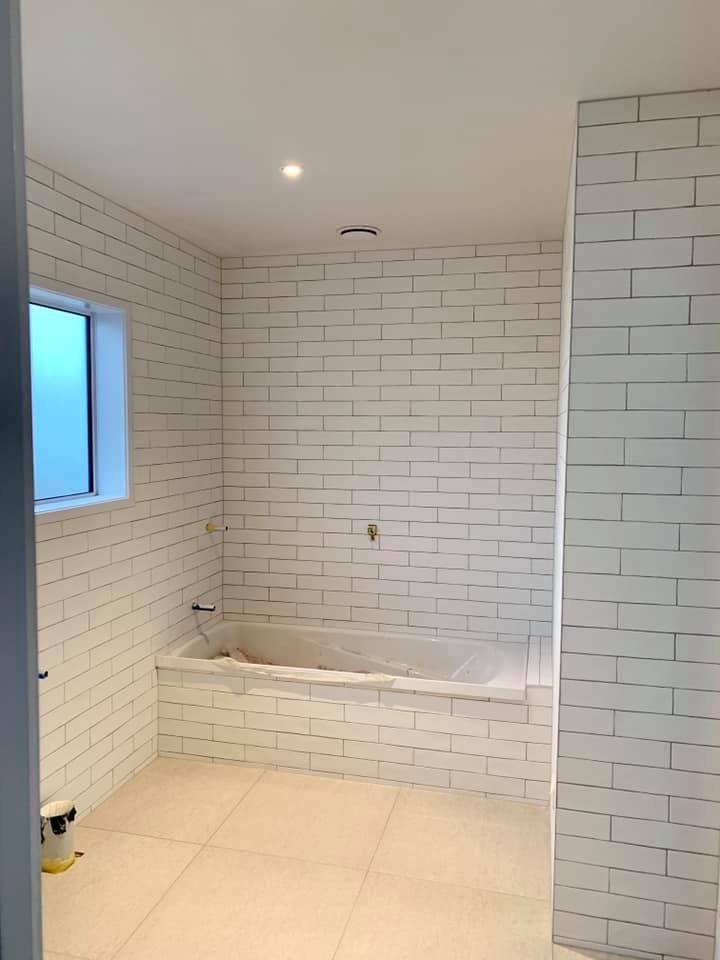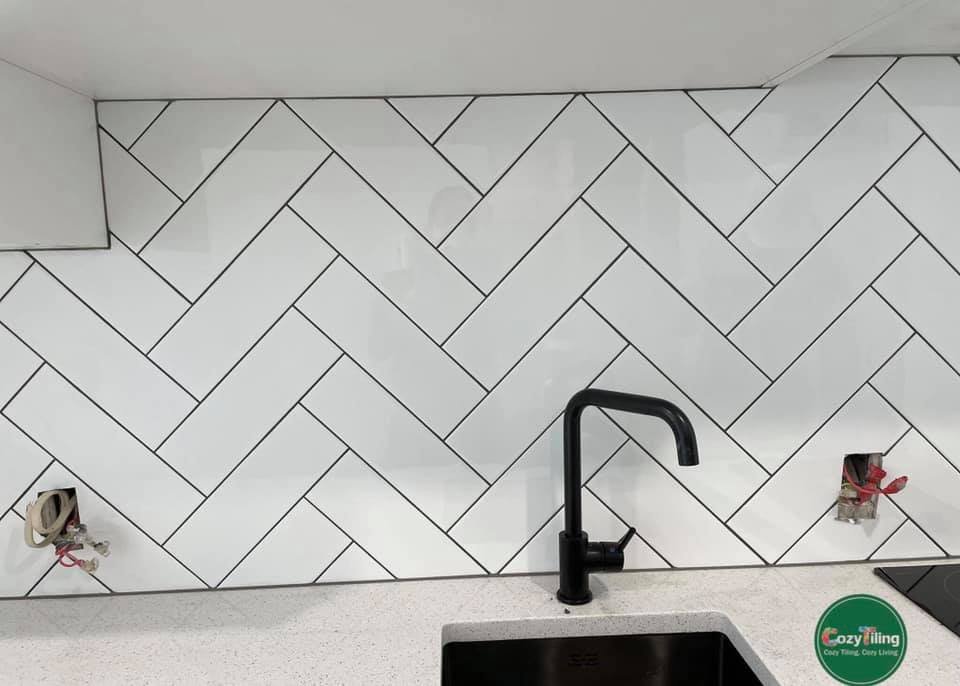9 Things you should know before picking Tiles
TILES add the VALUE OF YOUR PROPERTY and make a great contribution to the FINAL LOOK OF YOUR HOME.
“We are disappointed with the kitchen tiles. They look unglazed and uneven. Their color shade is not as we expected also.” Looking at the client’s face, I realized that she did not know about her tiles or ask for our consultation before picking the tiles. I then asked whether the client knew about the characteristics of tiles she chose.
She said: “I thought they are normal subway tiles.”
“They are not standard tiles, but handmade ones. They are unidentical, uneven, or unglazed to create a handmade look. They catch the light beautifully with their uneven edges and surfaces to deliver a subtle visual...,” I started explaining. However, at that time, I wish she could have known about these before picking her Tiles.
When you plan to build a new home or renovate your existing one, choosing a RIGHT tile may not be on your priority list. But, YOU MIGHT CHANGE YOUR MIND if you notice that: TILES add the VALUE OF YOUR PROPERTY and partially tell WHO YOU ARE. You should collect information about tiles before making a decision.





1. TILE MATERIALS: there are various types of tiles such as ceramic, porcelain, glass, cement, metal, or natural stones. Ceramic tiles are the most in-demand type for their price and limitless varieties. Porcelain tiles cost more than ceramic but they are stronger and available in large formats. Glass tiles are also more expensive than ceramic tiles but they are easy to keep clean and against water absorption. Natural stone tiles are the most expensive and require special treatments.
2. TILE SIZE AND THICKNESS: Standard tile size is 60x60cm large and 10-12mm thick. Using large format tiles becomes a trend as it creates the feeling of extra space. The large size of the tiles can help you change the whole look of the room, transforming the space around. Laying the large format tiles diagonally even creates greater effects.
However, you should keep in mind some main rules of tiles. For example, you may use floor tiles on the walls, but not the other way around as wall tiles are thinner, lighter, and are not designed to withstand significant temperature changes. Or dimensions of residential areas are taken into account when choosing the tile size. If the room is less than six square meters, then you should choose another option, instead of large format tiles. Small-sized tiles work better in small spaces such as kitchens, bathrooms, and toilets.
3. TILE SHAPES: the most popular tile shapes of the moment are rectangular. Other popular shapes are brick, standard hexagon, chevron, herringbone, shell, and geometric.
Brick-shaped tiles (subway tiles) have become trendy as it has various sizes and can make a lot of laying styles. These fit best in kitchen and bathroom walls. However, they also look good in both modern and vintage styles and can be applied both on the walls and floors.
Shell-shaped tiles set a growing trend as their curves down or up to make a bold for walls.
Besides, geometric tiles are a contemporary choice as they fit well in modern designs.
Considering the tile shape and size is very important as tiles make a great contribution to the final look of your living space.
4. TILE SHADES: There are some common rules of choosing tile colors you should take into consideration. For example, Small rooms should go with lighter shades meanwhile dark shades fit better in bigger spaces. Dark rooms with no windows should go with a light shade to add the feeling of coziness. Monotone tiles make dust and dirt more recognizable so regular cleaning will be required. Tiles should get along well with the interior by color. Unless you want a feature area such as a splashback, tiles should complement the interior design features of a space.
Also, you should consider the general feeling you would like to have when you are in specific rooms: relaxing or atmospheric. For example, in a bathroom, you might expect a restful setting, you should go for colors, that blend well together. In a working space, you might expect something bold and creative, you should go for contrasting colors. Using a light-colored tile on the wall can bring you a soothing feel. Meanwhile, the kitchen space looks better with vibrant colored tiles.
5. TILE TEXTURE: There are various tile textures in the current market, such as glossy, matte, or embossed coating (marble, concrete, timber, or fabric-look tiles). However, it is necessary to take into account that glossy tiles are extremely slippery, so you should avoid floors, especially bathroom floors even when they look extremely impressive. Glossy tiles are easy to clean, that is why they should be preferred for bathroom and kitchen walls.
They can be hand-made look tiles with unglazed and uneven, to create a surprise look and to create depth in the space. However, this will make tile shades alter according to the light changes.
6. OTHER TILE MATTERS: These matters can be slip resistance, water absorption or stain, and chemical resfistance. For example, unglazed tiles or mosaic tiles are less slippery than smooth and glossy glazed tiles. The tiles with more slip resistance are recommended to be used in industrial, kitchen, and wet areas. Or glazed ceramic tiles resist stains because of their glazed surface.
You must select tiles according to the space you are going to use them for. For example, if you use wall tiles in bathrooms or kitchens, you should consider whether they are water-resistant and have germ-free quality. For outdoor areas, you need to ensure that the wall tiles are durable and can endure natural heat, cold, or rain. For floor tiles, you should take such matters as frost resistance, water absorption, wear resistance, resistance to chemically active substances, or fire resistance into consideration.
7. GROUT: The right grout color contributes to the whole look of the tiles. A contrasting grout will emphasize lines and the design, while a grout in a complementary color as the tile will give a subtle effect.
8. WELL-PREPARED SURFACE: A flat/even surface is a must condition for tiles to be installed on.
9. A TRUSTED LOCAL TILER: At Cozy Tiling, we will offer free consultation about tiling matters so that you could have a solid base before picking Tiles for your home.
Contact Cozy Tiling for more advice: https://www.cozytiling.co.nz

